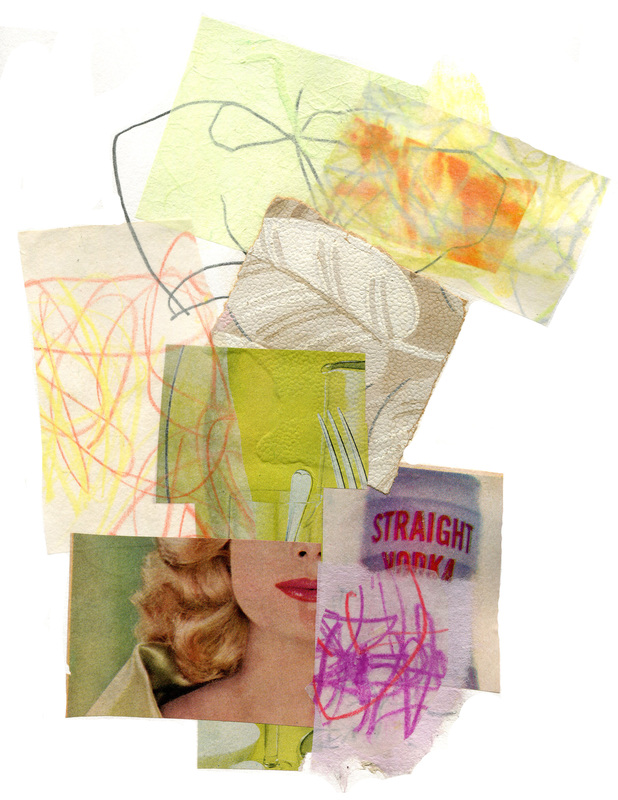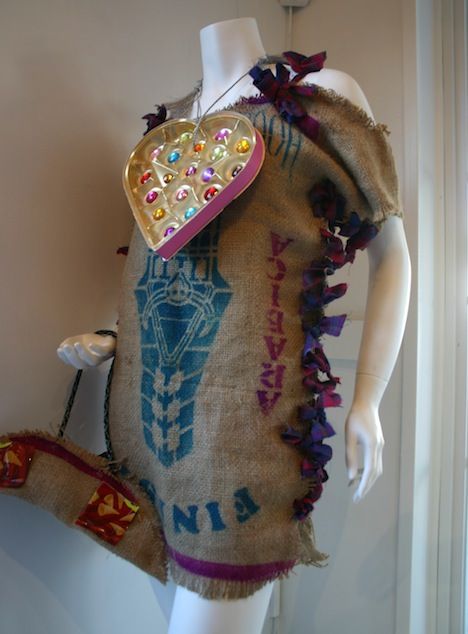|
My Chine Colle explorations have been going well in terms of fun and creativity but not so well technically. I've been using a (new to me) printmaking paper, Rives BFK. And my work has been wrinkling like crazy when using a water base (Methyl Cellulose) adhesive.
Rives Advantages: This paper has a beautiful creamy color and texture. It also rips easily to create lovely edges. If you like to use white space as a design element, your collages will look at least 20% better on BFK as opposed to a standard mixed media paper like Strathmore. It's basically like putting a Spanx on your work (collage or drawing). Rives Disadvantages: Because this is a printmaking paper it will stretch when it gets damp, whether or not you are using a press. The area where you adhere your collage papers will not stretch at all. This can result in some major buckling. Once the wrinkles set it they are pretty much permanent.) I did have some luck re-dampening and ironing my collages on the reverse side.) Takeaway: When using a printmaking paper like Rives BFK use the "driest" adhesive you can: a light swipe of a glue stick or spray glue. Let the collage air dry quickly rather than put it under a stack of books. I've tried pre-stretching a few sheets this week by dampening them, running them through the press and taping them to a board to dry. Will post an update. What is your favorite paper or substrate for collage?
1 Comment
"Chine Colle" basically translates to "thin paper collage" in French. It is done with a printmaking press, and most often used to print on paper that is too thin and delicate to go through the press on its own, and to add texture and color to etchings. I decided to try this technique to create transparent/translucent layers using collage elements. I used powdered methyl cellulose, a traditional bookbinding adhesive as my glue. Because I loved the look of Chine Colle (but am not a printmaker) I "cheated" by drawing on tracing paper and using these pieces as collage elements. What worked? I love the way the collage papers seems to really bond with the background paper. (I used Rives BFK.) Loved the Rives paper, it's not just for printmaking. Also, combining drawing with collage is something I'm now very interested in exploring. What didn't work so well: When the paper came out of the press is was completely flat, and very damp. I placed each collage on layers of clean newsprint, covered with a sheet of freezer paper (face down to prevent sticking) and put my collage sandwich under a heavy stack of books. At first it was completely dry, or so I thought. After a few days the paper started to curl ... alot! In the future I'm going to change the newsprint and leave the collage under the books for at least a week. |
Create
|



 RSS Feed
RSS Feed